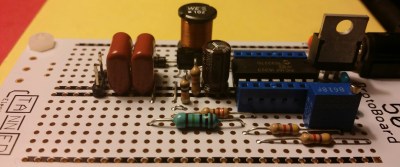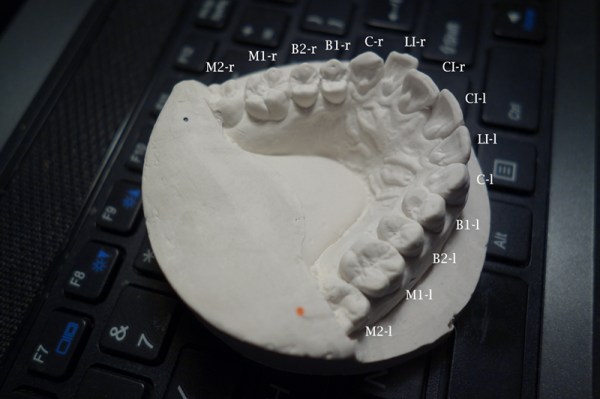So you say your wonky smile has you feeling a bit self-conscious? And that your parents didn’t sock away a king’s ransom for orthodontia? Well, if you have access to some fairly common fab-lab tools, and you have the guts to experiment on yourself, why not try hacking your smile with DIY braces?
First of all: just – don’t. Really. But if you’re curious about how [Amos Dudley] open-sourced his face, this is one to sink your teeth into. A little research showed [Amos] how conventional “invisible” braces work: a 3D model is made of your mouth, each tooth is isolated in the model, and a route from the current position to the desired position is plotted. Clear plastic trays that exert forces on the teeth are then 3D printed, and after a few months of nudging teeth around, you’ve got a new smile. [Amos] replicated this hideously expensive process by creating a cast of his teeth, laser scanning it, manipulating the teeth in 3D modeling software, and 3D printing a series of intermediate choppers. The prints were used to vacuum mold clear plastic trays, and with a little Dremel action they were ready to wear. After 16 weeks of night and day wear, the results are pretty amazing – a nicely aligned smile, and whiter teeth to boot, since the braces make great whitening trays.
Considering how badly this could have turned out, we’ve got to hand it to [Amos] for having the guts to try this. And maybe he’s onto something – after all, we’ve advocated for preemptive 3D scanning of our bodies recently, and what [Amos] did with this hack is a step beyond that.
[LupusMechanicus], thanks for the tip!














